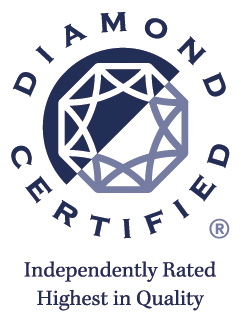Repairing a broken sewer line yourself is pretty simple and can save you some money, albeit it may not be the most enjoyable chore you’ll ever undertake. Unfortunately, damaged sewer lines sometimes go unnoticed for a lengthy period, resulting in even worse issues. It would help if you took action as soon as you become aware of a broken pipe to avoid potential health risks.
How To Spot A Broken Sewer Pipe
Professional plumbers constantly suggest that homeowners invest in preventive maintenance rather than waiting for serious plumbing problems. However, a lot of homes don’t do this and end up needing urgent repairs.
- Strong, peculiar sewer odor is one of the first indicators of a damaged sewer line. A sewer line crack could cause this.
- Unusual toilet noise after flushing could indicate a broken sewage line. The gurgling sound is caused by sudden air escape.
- An isolated, slow, and clogged drain is a small plumbing problem. Having trouble clearing all drains implies a sewer line problem.
- Mold growth indicates high moisture levels. High humidity can spread mold and mildew on ceilings and walls. A damaged sewer line is likely to blame if this growth comes with a sewer stink.
- Typical sewage backup in the tub or toilet indicates a problem. This plumbing problem could be caused by a tree root intrusion, crack, channeling, or misplaced pipe connection.
- Walls that break, pest infestation, greener lawn patches, indentions on pavers or the yard, and sewage pooling on the property are also symptoms of sewage line damage.
Various Ways For Repairing And Replacing Sewer Lines
Sewer lines deteriorate over time through corrosion, tree roots, and physical damage. Prioritizing plumbing during renovation is critical whether you have a plumbing problem or not.
See how to repair and replace broken sewer pipes.
Pipe Bursting
The sewer line replacement is possible using this trenchless pipe repair method without harming the landscaping. It is a trenchless technique that may swap out old pipes without causing damage to the ground.
Trenchless Sewer Repair
Directional drilling and bursting are a part of trenchless sewer repair and conventional trenching. You can reach the pipes with this repair procedure without digging. Trenchless sewer repairs thereby leave the yard undisturbed.
Directional Drilling
Creating a passage for a sewer line necessitates using directional drilling, also known as boring. This method, instead of bursting, has a modest ground impact, eliminating the need for steep repair.
Spot Sewer Repair
By needing minimal digging, this technique is an economical approach to replacing broken sewer lines. The best treatment for typical minor sewage line problems is less invasive and involves less disruption, and this avoids rebuilding the entire sewer line by fixing just the damaged area.
As you can see, numerous options exist for fixing a broken sewer line. When deciding how to restore or replace your damaged sewer line, the solution depends on several criteria. There are occasions when a whole pipe replacement method is the best option. It’s preferable to consult a qualified plumber with experience. Contact Gray Plumbing to carry out all the ways above if the issue with the sewage line is severe.


